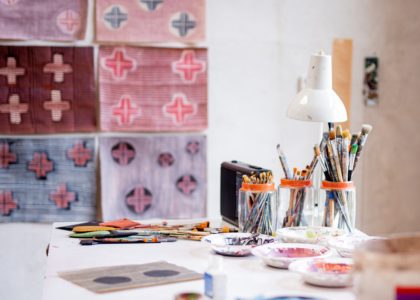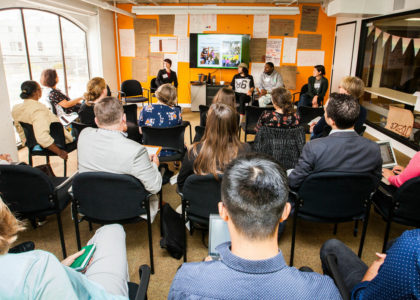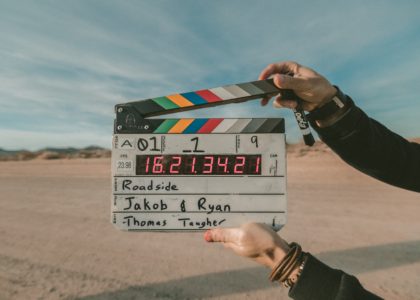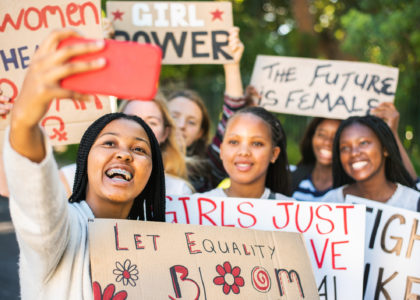An Interview with Collaborative for Gender + Reproductive Equity
March 29, 2023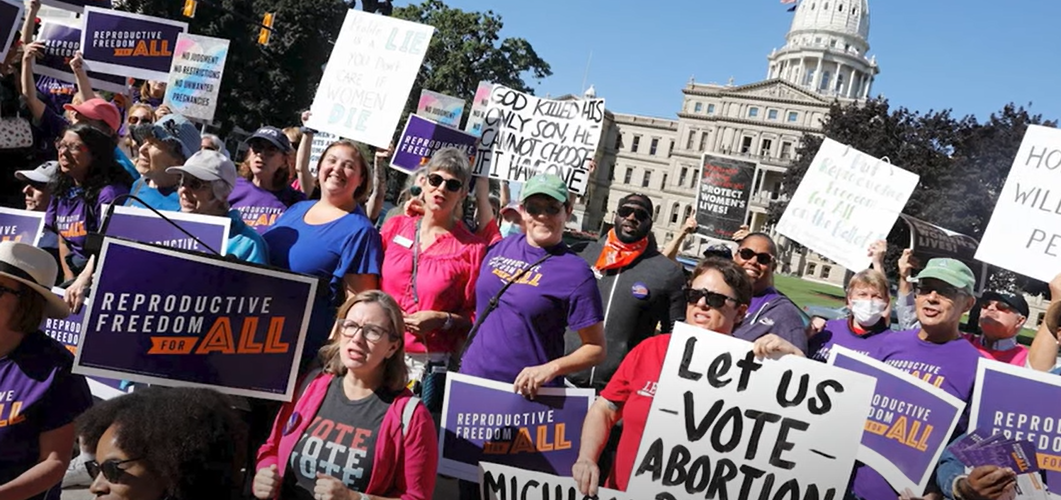
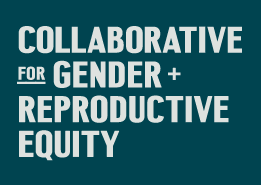
As part of Rockefeller Philanthropy Advisors’ new mission and values, we are featuring in-depth profiles of key sponsored projects to highlight their work in creating a just world. The Collaborative for Gender + Reproductive Equity (CGRE) is a learning community of donors and foundations uniting to advance gender, reproductive, and racial equity. Through their grantmaking, they combine a rigorous data-driven funding strategy, deep expertise around movement needs and priorities, and trust and credibility with a robust network of national, state, and local partners to create tangible impacts.
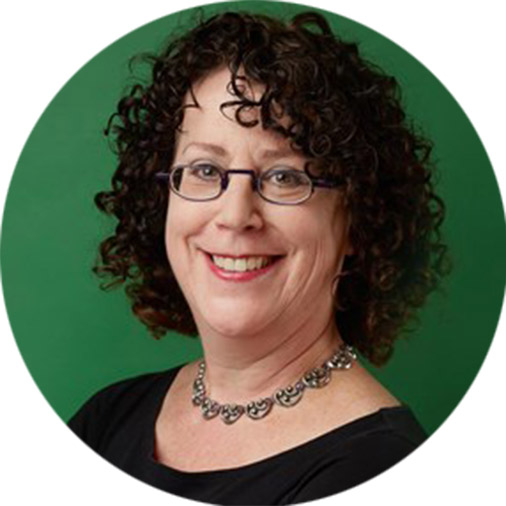 RPA spoke with CGRE’s Executive Director, Margaret Hempel, about the collaborative’s work. Margaret discussed CGRE’s origins, the importance of intersectionality in philanthropy, and her recommendations for donors looking to get involved in the gender and reproductive rights space. This interview reflects edits for length and clarity.
RPA spoke with CGRE’s Executive Director, Margaret Hempel, about the collaborative’s work. Margaret discussed CGRE’s origins, the importance of intersectionality in philanthropy, and her recommendations for donors looking to get involved in the gender and reproductive rights space. This interview reflects edits for length and clarity.
What was the impetus for starting CGRE?
At the end of 2018, the Packard family and the board of the David & Lucile Packard Foundation wanted to bring new money and new donors into work around gender and reproductive equity. A semi-formal cohort already existed around these issues, but funders were seeking community and ready to coalesce around new ideas and leaders. The Foundation made an initial five year, $50 million commitment and reached out to other donors to join. The JPB and Ford Foundations joined almost immediately, and were later joined by philanthropists newer to this funding space, like Schusterman Family Philanthropies.
Our mission centers around the idea that if we build a space for donors that allows them to learn together, then we could also amplify the impact of their work. We wanted to accelerate existing work that had been historically under-resourced and to provide significant resources to groups and leaders who had new ideas and tactics they wanted to test.
This group of funders chose to work at the intersection of gender ,reproductive, and racial equity. We saw that issues around contraception and abortion were often kept separate from other gender equity issues, whether that is childcare, paid leave, pay equity, or LGBTQ rights. This set of issues are often further siloed from racial justice work and democracy building work. All these intersect and must be worked on together; frankly, that is what BIPOC leadership has been telling us for decades. Philanthropy has been slow to catch up, but at CGRE, we hope to help move the needle.
How did your background lead you to this kind of work and how has it influenced your role at CGRE?
This is the culmination of my life’s work, motivated by my personal life. Fairly early in my career I was lucky enough to work at the Ford Foundation, followed by the Ms. Foundation for Women, and the American Jewish World Service and then back to Ford where I designed and ran a unit that evolved into the Gender, Racial, and Ethnic Justice section.
In that work, I was constantly questioning how we could truly work at the intersections across different issue areas. Those who would limit our freedoms understand those intersections and use race, gender, sexuality, abortion, and so forth to drive wedges in our society. Philanthropy can reduce its siloes and instead bring this work together to build the majority that we need to protect all of our rights. My personal focus has been on intersections that have traditionally been seen as third-rail issues. Working across issue areas provides a way of quickly seeing and understanding where discrimination happens, but also where we build power from. Those are the places where we’re going to see durable change happen.
It has been a joy to bring people in this space to the same table. The groups CGRE supports are amazing. They’re bold, honest, and they make an impact, day in and day out. As donors, we need to stand behind that.
CGRE focuses funding on three key areas: state power building, judiciary, and creating alliances. How did you settle on those target areas?
When CGRE started, there were already groups doing and funding important work. We wanted to examine gaps that we could help fill. We chose to work in five-year cycles to ensure that we were supporting change in the short-term, as well as the long-term.
We listened to groups to learn what they were excited about but did not have the resources to tackle. We also saw that there is a dearth of funding that goes directly to state-based groups. National groups are critical, and we will continue to support them, but states are where people live, it’s where they work, it’s where they play, it’s where they pray. We were deeply inspired to start moving resources to groups that were part of those more local communities. From that base, we looked at the national landscape and saw that the current U.S. Supreme Court was not going to protect many of the rights critical for gender, reproductive, and racial equity. State courts hold a tremendous amount of power, but they aren’t top of mind for people. This is one area where we thought our investment could result in a significant change.
Our third area, alliance building, came from feedback received from groups on the ground. They told us that they were constantly spending resources in a reactive mode. We wanted to build better coordination, information sharing, and test new ideas for proactive strategies.
Has it been difficult working with so many partners and stakeholders? How do you maintain focus on centering the communities you’re working with?
If you’re focused on impact and are aligned in your values, it’s not that difficult. We have greatly emphasized the importance of listening to groups on the ground and centering people who have traditionally been under-resourced but who have the solutions we need. We track what our funding looks like, paying attention to the focus of our grantees’ work, and how they show up in their communities. When we look at groups we want to partner with, we focus on experience with community organizing and community services and how they engage in gender, reproductive, and racial equity.
It’s also important to create a space where difficult, authentic conversations can be had. We often bring together state-based leaders and people who work at the national level that normally wouldn’t have a chance to connect. We engage as often as we can with the people on the ground doing the work. This creates a different kind of dialogue.
What is one of the biggest obstacles you faced at CGRE and how are you working to overcome it?
I think about this every day. The nature of our work is difficult, especially given the state of the economy, racial injustice, attacks on abortion and democracy, and the continuing impacts of Covid. Finding ways to support groups and recognizing that they have a lot on their plates is something we constantly need to be aware of. As donors, we have to respect how challenging and draining this work can be.
The attacks on gender equity are only increasing, and while we see progress, there is also incredible pushback. For donors who are experienced in this space, they are used to it. Newer philanthropists in this field may see these issues as daunting. This is where collaboratives create an easy entry point for funders who care about the issue but don’t know where to start.
What inspires you personally about the work that you’re at CGRE?
Although it may sound cliché, I am inspired daily by the groups that we get to work with. This is a hard moment in the United States. Yet, I also think it’s amazing what is getting done. I have always struggled with the siloes present in our work. And I think we are now seeing the power of supporting intersectional work.
I also love working with a wide range of donors. We work with endowed foundations, individual donors, and family foundations. It’s a joy to bring all these folks together and create a space to learn and experiment.
What is one piece of advice you would give to a donor looking to get involved in gender and reproductive equity?
Join a collaborative that has a learning component. And don’t be afraid to take risks. Collaboratives let you experiment and test ideas with more security. Collaboratives, specifically sponsored projects, also provide you with multiple layers of due diligence, which can make funders feel more secure in taking those risks.
Finally, don’t let the moment get you down. People ask us sometimes if joining this cause is going to make a difference: it will. This is the moment to get involved. And doing it in community is the most powerful answer.
Back to News
